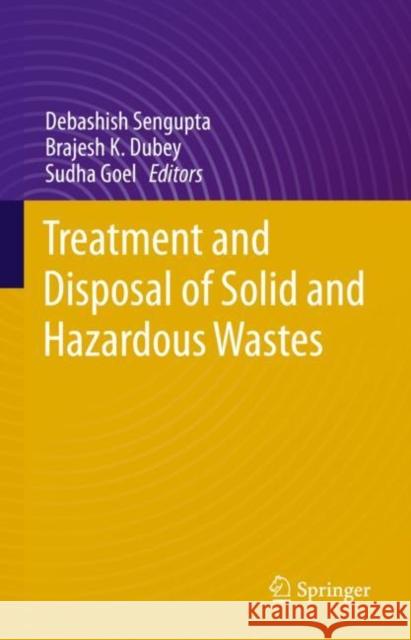topmenu
Wyniki wyszukiwania:
wyszukanych pozycji: 2
 |
Treatment and Disposal of Solid and Hazardous Wastes
ISBN: 9783030296421 / Angielski / Twarda / 2022 / 236 str. Termin realizacji zamówienia: ok. 22 dni roboczych (Dostawa w 2026 r.) |
cena:
524,53 |
 |
Technological Advancements in Waste Management: Challenges and Opportunities: Select Proceedings of Tawmco 2023
ISBN: 9789819760237 / Angielski Termin realizacji zamówienia: ok. 22 dni roboczych (Dostawa w 2026 r.) |
cena:
887,69 |










